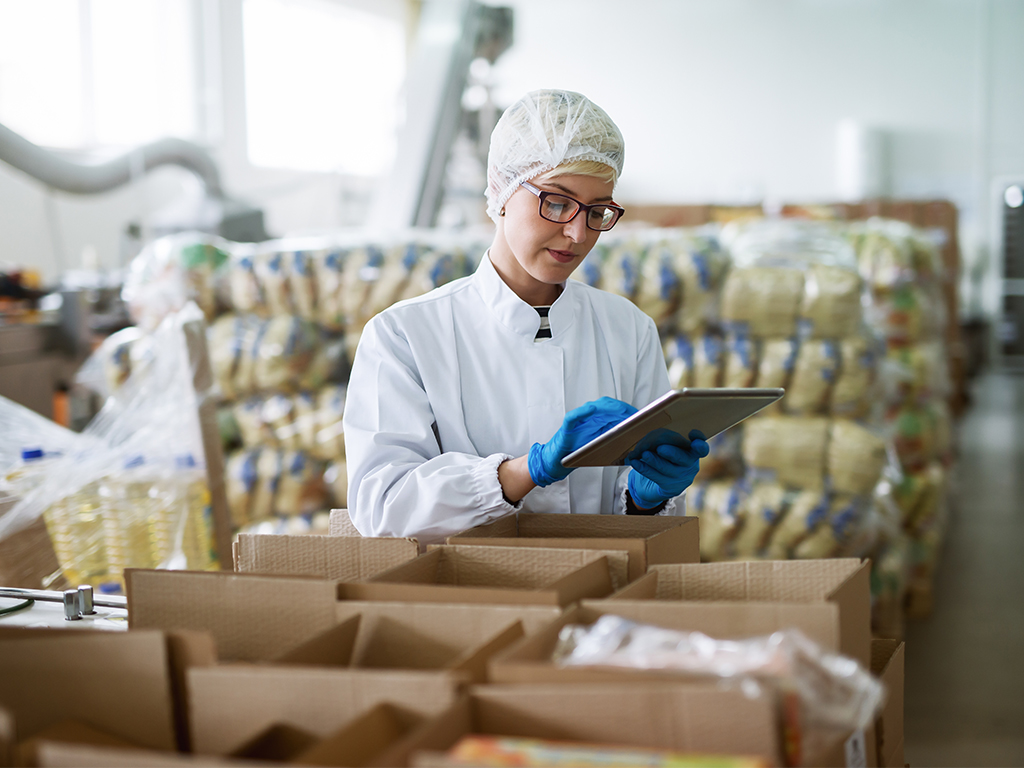Canada is a country known for its diversity. With a growing population of 38 million people from different ethnic backgrounds, Canada offers amazing cultures and foods. All this is possible thanks to the hundreds and thousands of food importers nationwide.
As an entrepreneur, you may be interested in joining this growing industry and wonder how to import your favourite food to Canada. Read on to learn the basics.
The first thing to do is to go online and obtain your CFIA Safe Food for Canadian Regulation (SFCR) License. You may be surprised to find out that you don’t need to reside in Canada to start your food-importing business. Under the SFCR, the foreign importer can apply for a SFCR license with an address outside the country. This is acceptable, providing the food importer follows all applicable regulatory requirements and keeps records of import. Documentation must be made available to the CFIA upon request in either English or French.
You will need a “My CFIA” account to apply for a license. The My CFIA account is an online portal for businesses to apply for and manage their licenses and permits. The system can be a little tricky to navigate at first glance. The confusion usually comes from people not knowing that the account registration is for them as “users” rather than for registering the company. Under one account, the user can enroll and manage multiple companies.
To enroll a company or “a party,” you must submit the company’s registration information and proof of authority. You will also be asked to assign the contacts and managers to your company profile. During the enrolment, you will be prompted to enter the email addresses of your trustees. They will receive the invitation codes in their mailbox to access the portal. From there, they will register their My CFIA account(s) and accept the role they were assigned by entering the invitation codes. The CFIA will take a few days to validate the company’s profile. Once the status in the bracket beside your company profile’s name turns from “Active” to “Validated,” the company is officially registered.
It’s now time to apply for the SFCR license. A company can hold multiple licenses as long as there are no overlapping activities on the licenses. A license will cost you 250 dollars – to be renewed every two years. When going through the application process, you will be required to select the applicable international activities (importing and exporting) and domestic activities, such as storage, packaging, and labelling. For the purpose of this article, we will focus on the importing activities only.
When applying for an import license, you must select the food commodities you plan to bring into Canada. A common question that we always receive is: shall I select all the commodities on the list? The answer is no. You shall only include the commodities that you will import in the foreseeable future. The reason is that the CFIA evaluates each company’s risk level and determines the inspection frequency. Adding to the importing scope food commodities that you are not importing will only increase the risk level of your profile and lead to a higher inspection frequency. Selecting a commodity that is not actively on your license will also waste inspection resources and lead to delays and maybe rejections.
It is very important to know which commodity category your products fall under. CFIA has a published guideline to help determine which checkbox to select (Annex A of What to consider before applying for a Safe Food for Canadians licence). However, things can get a little more confusing. Here are a couple of examples:
- Juice is considered a processed fruit rather than a beverage,
- Snacks that contain a small portion of fish ingredients, such as shrimp crackers, will be considered as a fish product,
- Any products containing more than 2% meat will be considered meat products.
Once the commodities are selected, we are nearing the end of the application process. At this time, you will be asked if you have a written preventive control plan (PCP) for the scope of importation. A PCP is a set of written procedures established and implemented by the importer to ensure that the foreign supplier has adequate controls to mitigate food contamination and adulteration. Imported food shall be manufactured and handled with the same level of care as domestically produced food in Canada.
A PCP plan will answer the following key questions that a CFIA food inspector will ask during an inspection. As a food importer,
- How do you know that your foreign suppliers’ food products are safe and eligible for import into Canada?
- How do you select and approve suppliers? How do you monitor their food safety performance and compliance regularly?
- How do you trace products back (to the supplier) and forward (to the customer) in the event of a complaint or recall? How do you address corrective actions when customer complaints are received?
- How do you ensure food is properly labelled as prescribed by the regulations?
A documented PCP plan is mandatory for high-risk commodities, such as fish, meat, dairy, and fresh fruits and vegetables, and is also required for importers of processed foods (baked goods, spice, or beverage mixes) who import more than $100,000 dollars (CAD) a year.
Once your PCP plan is finalized, you may submit it to CFIA via the My CFIA portal. CFIA will review your application and decide if a pre-approval on the PCP plan will be required to issue the SFCR license.
Once you get your importing license, you are ready to import and sell. The CFIA will reach out to you, usually within the first year of the operation, to request an inspection. There will be nothing to worry about as long as the PCP procedures are written and implemented. Food inspectors who specialize in your food categories will review the PCP records, including the supplier approval and monitoring records, mock recall records, complaint records, and label reviews. You may therefore be assigned multiple inspectors. If there is anything that needs to be improved, the CFIA will work with you to resolve the issues. Corrective actions will be required within a few days or weeks, so it’s in your best interest to educate yourself and do things right the first time to ensure a smooth process. Remember that, as an importer, you are responsible for the safety of Canadians consuming your food. If safety cannot be ensured, you will be required to recall unsafe food from the market.
No need to panic. If importing food is your passion, follow this guide and get started. And if there are hurdles along the way, we are here to help. Once you successfully import safe food into Canada, your business will show on the SFCR license registry, proving it is in good standing. You will then be ready for the next step, exporting to the United States or overseas.
References
ABC of importing food into Canada
Importing food to Canada, an introduction to AIRS
Authored by Sean Xia, Edited by Karine Lawrence
Need a PCP importer plan or an FSVP plan to import food to Canada or the United States? Do you manufacture and store food and need to be compliant with CFIA (SFCR) and FDA(FSMA)? Do you need HACCP or PCQI training? Are your food labels compliant? Sirocco Consulting provides food safety and training services. Contact us and request a quote. Follow us on LinkedIn and sign up for our monthly newsletter.
Interested in taking a food safety course? Karine Lawrence from Sirocco Food + Wine Consulting teaches virtual and on-site HACCP, PCQI, SQF implementation systems, and Food Defense courses. Refer to our website for a list of upcoming courses.






